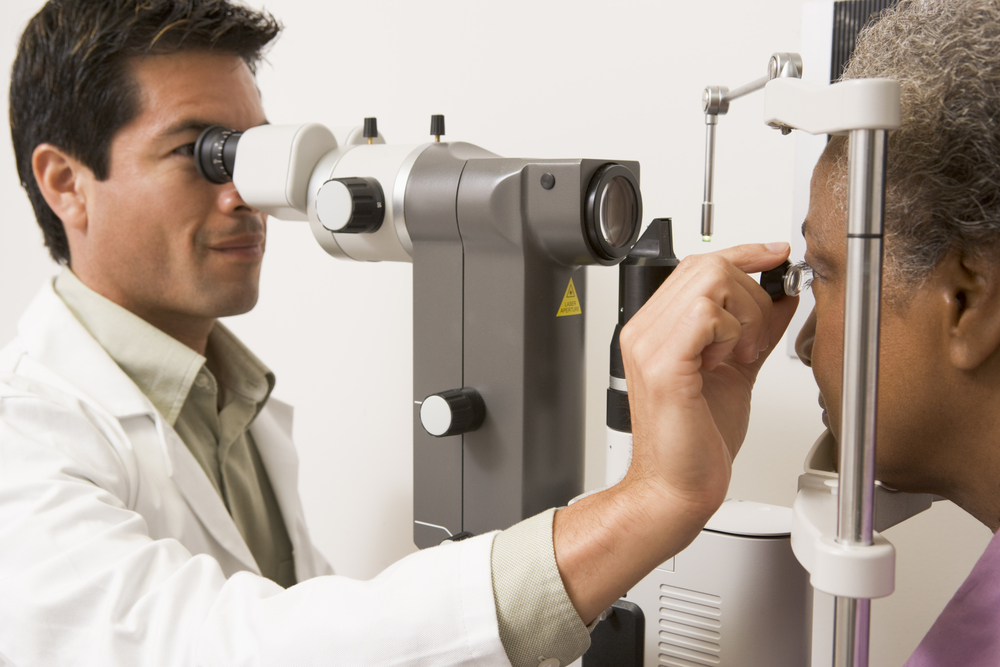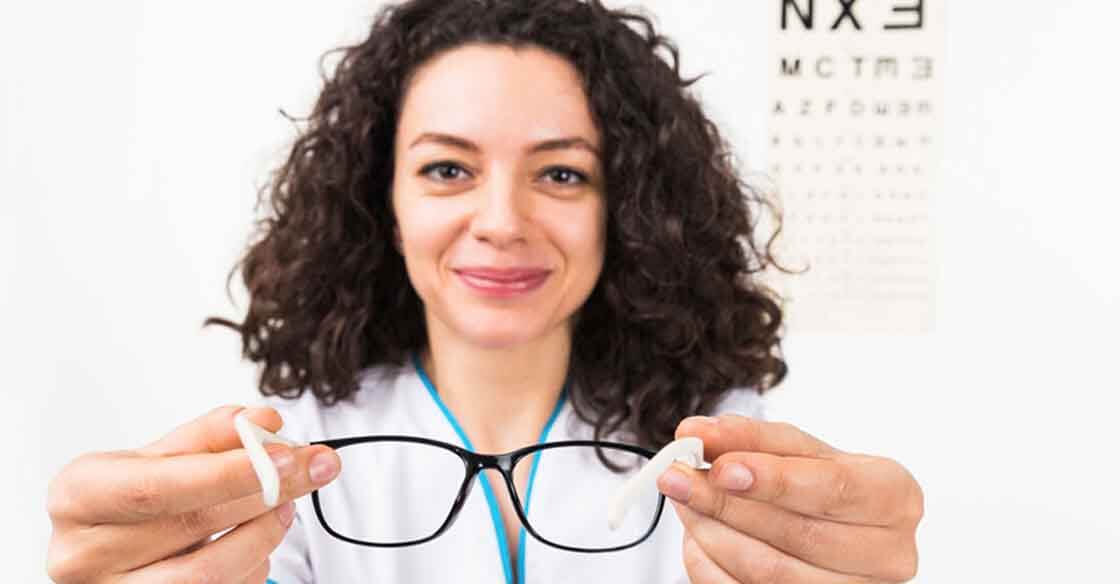Trustworthy Eye Doctor for All Your Vision Requirements in Riverside
Trustworthy Eye Doctor for All Your Vision Requirements in Riverside
Blog Article
The Comprehensive Eye Exam: What to Expect During Your Visit to the Eye Doctor
A see to the eye doctor for a thorough eye test is even more than a routine check-up; it is an important action in safeguarding your aesthetic health and wellness. What precisely occurs throughout the eye health and wellness assessment, and just how does it affect the prescription process?
First Consultation
The first consultation during an eye test acts as an important foundation for comprehending a client's visual wellness requirements. This phase sets the tone for the whole assessment process, allowing the optometrist to collect important information concerning the client's case history, lifestyle, and particular vision concerns. By thoroughly evaluating any pre-existing problems, medications, or previous surgical treatments, the eye treatment expert can tailor the exam to resolve private needs properly.

Furthermore, the initial assessment is a possibility for patients to articulate any type of problems or inquiries, fostering a collaborative relationship with their health care carrier. This interaction not only makes certain that the individual really feels notified and comfy however additionally encourages them to get involved actively in their eye health and wellness monitoring. Jointly, these conversations make it possible for the optometrist to develop a customized examination plan, guaranteeing optimal care and accurate diagnosis.
Visual Acuity Test
Kicking off the core elements of an eye examination, the visual acuity examination is made to evaluate the intensity and quality of an individual's vision. This important assessment assists determine exactly how well an individual can discern letters or signs at a standard distance, commonly utilizing a Snellen chart (Eye Doctor). The chart makes up rows of letters that lower in dimension inside out, with the individual placed at a traditional range of 20 feet
During the test, the individual is asked to cover one eye and review aloud the smallest line of letters they can see plainly. This process is duplicated for the various other eye. The results are recorded as a portion, with 20/20 vision indicating typical visual acuity-- where the individual can see at 20 feet what an individual with normal vision can see at that distance.
The visual skill test additionally determines prospective refractive mistakes such as hyperopia, astigmatism, or myopia, which might necessitate rehabilitative lenses. By establishing a standard of aesthetic efficiency, the examination is an essential diagnostic tool that assists the eye care professional in developing a proper treatment plan customized to the patient's special visual demands.
Eye Wellness Assessment
Following the aesthetic acuity examination, an extensive eye health evaluation is carried out to make certain the total wellness of the eyes. This important sector of the eye exam entails a comprehensive examination of both the interior and outside frameworks of the eye. The ophthalmologist or optometrist starts by examining the eyelids, cornea, conjunctiva, and sclera for any kind of indications of infection, inflammation, or abnormalities. Using specific tools like a slit lamp, the practitioner gains a magnified sight of the eye's anatomy, making it possible for detailed inspection.
With the use of ophthalmoscopy or fundus photography, the retina, optic nerve, and blood vessels are diligently reviewed. In several instances, student extension is done to enhance presence of the internal eye structures, although this might result in temporary light sensitivity for the individual.
Furthermore, intraocular stress is gauged to screen for glaucoma risk. This is typically done using tonometry, which can discover elevated stress levels that could suggest possible damage to the optic nerve. Jointly, these assessments develop an extensive analysis to maintain ocular health.
Refraction and Prescription
How does one guarantee optimum vision? A vital action depends on the procedure of refraction and getting an accurate prescription. Refraction is a sophisticated procedure carried out by eye care professionals to determine the specific lens power needed to fix refractive errors such as nearsightedness, hyperopia, presbyopia, and astigmatism. The objective of this treatment is to examine exactly how light bends as it goes through the eye, permitting the practitioner to determine whether restorative lenses are required for improved visual skill.
During the refraction procedure, the person is asked to browse a phoropter, a device that has various lenses. The professional will systematically transform these lenses and ask the person to contrast quality in between choices up until the sites best feasible vision is achieved. This treatment is vital in crafting a precise prescription that specifies the proper lens power for eyeglasses or call lenses.
The prescription stemmed from this treatment not only optimizes vision yet also serves as a structure for selecting ideal corrective eyeglasses. It is important to make certain that prescriptions are on a regular basis updated, as modifications in vision can take place in time, highlighting the importance of routine eye assessments. This thorough attention to detail assists maintain clear, comfortable vision in day-to-day life.
Follow-Up Recommendations

During a follow-up browse through, the eye physician will certainly conduct a series of tests to evaluate aesthetic acuity and check for any kind of adjustments in vision that could demand an update to the prescription. In addition, the follow-up gives a chance to talk about any type of pain or issues experienced with existing eyewear. Changes can be made to make sure convenience and efficiency, whether through lens alteration or structure adjustments.
For patients with recurring problems such as glaucoma, diabetes-related eye concerns, or macular degeneration, more frequent follow-ups may be needed. These visits are essential for managing and possibly slowing down the development of eye condition. Sticking to these recommendations can considerably add to maintaining aesthetic wellness and protecting against long-term complications.
Final Thought
The extensive eye test is a necessary process for preserving visual health, including a comprehensive analysis of clinical history and vision worries. Trick components consist of the aesthetic skill test, which evaluates vision clarity, and the eye health analysis, which examines the general condition of the eyes.
A see to the eye medical professional for an extensive eye examination is even more than a regular examination; it is a vital step in safeguarding your aesthetic health.Kicking off the core parts of an eye assessment, the aesthetic skill examination is designed to analyze the intensity and clarity of a client's vision.Adhering to the visual acuity test, a thorough eye wellness evaluation is carried out to make sure the go to my site general well-being of the eyes. These sees permit the eye care expert to check adjustments in vision, update prescriptions, and assess the total health of the eyes. Key elements consist of the aesthetic acuity examination, which assesses vision clarity, and the eye wellness evaluation, which takes a look at the general condition of the eyes.
Report this page